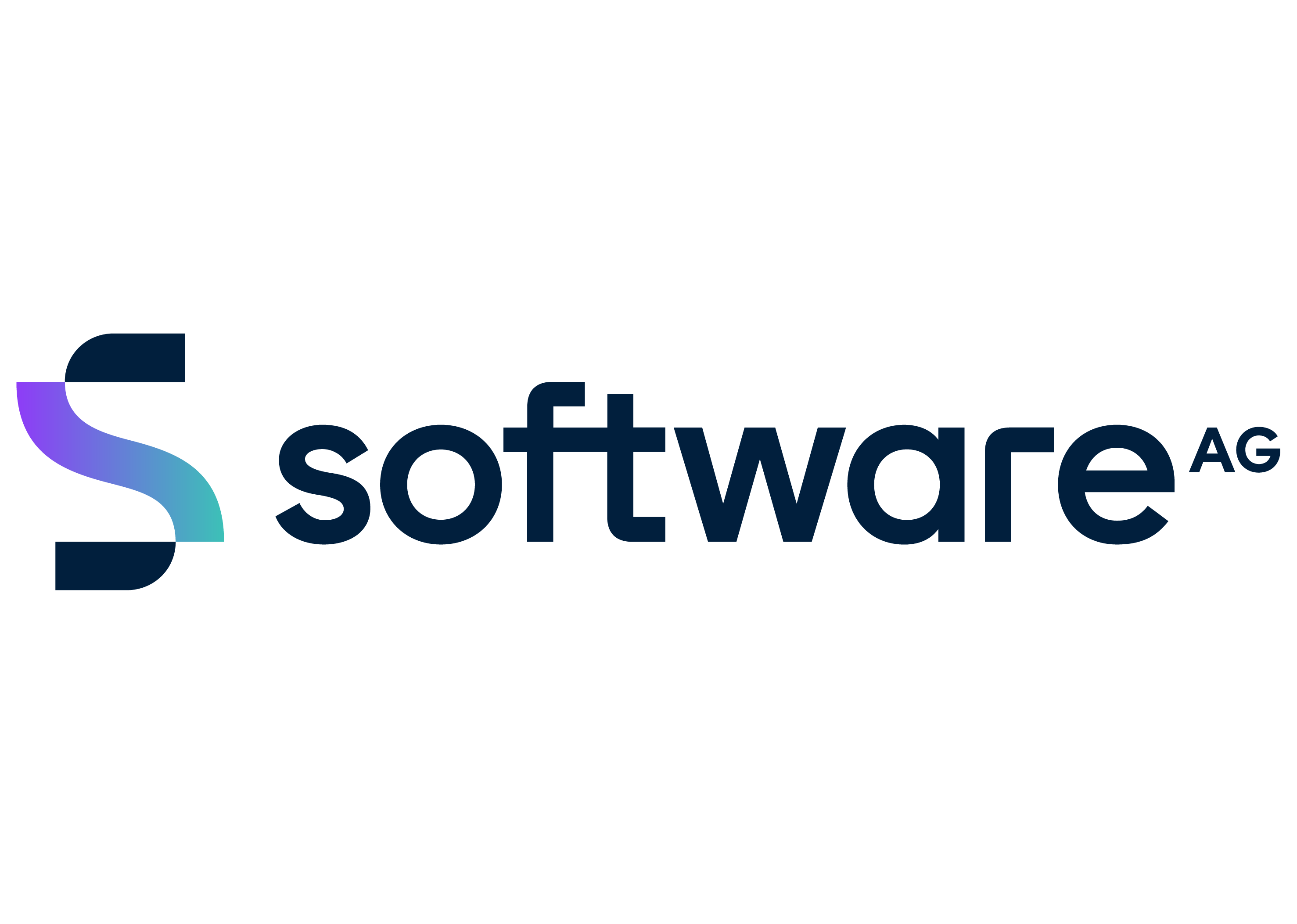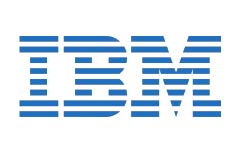ROBOTIC PROCESS AUTOMATION (RPA)
What is RPA Technology?
RPA, a popular subject of recent years in the field of business process automation, enables almost everyone involved in technology to use "Robots" to organize their IT systems and employee activities through computers. RPA robots are capable of performing the regular employee activities such as collecting data from different systems and carrying out operations on different applications by using user screens. They can perform constantly repeated tasks without any requirement for interaction, and they are not humans. So, they don't sleep, don't make mistakes, and cost less than office personnel.
RPA robots also have some advantages compared to other process optimization tools. RPA can adapt to the current systems of the organizations without requiring any change. They can fulfill some of the tasks currently performed by humans in digital environment without the need for an extra software or technology investment. Thus, they increase the efficiency of existing IT systems enabling tasks to be completed with the lowest possible cost.
RPA robots can imitate numerous human activities. They can keep logs for applications and move, copy and paste documents and folders. RPA robots may manipulate, transfer data and also fill in forms by using the data on different apps. They may collect these data from different documents or online using various different methods including OCR technology.
The main goals of RPA are to eliminate user mistakes during performing operations and to decrease HR costs. The great number of capabilities gained by RPA through improvement enable this technology to contribute to the organizations in many fields extending from complex finance operations to complicated data management and quality control through OCR technology. The processes that RPA robots can provide the greatest benefits are those that are prone to human mistakes and repeated the most. If such processes are selected for robot designing, the areas where they are most useful may be identified. They can perform many tasks synchronously, work in server environments such as remote desktop, create automatic reports, perform validations and monitor systems.
Since they can move data, they can fill the integration gaps between different systems. They may enable regular organization of back-up, data transfer, data update and reporting operations.
Benefits of RPA
Some of the benefits that RPA robots can offer to organizations are as follow:
1. Many different types and numbers of processes may be automated.
2. Costs can be reduced since both time and resource will be saved once RPA robots are allowed to perform repeated tasks.
3. Robots can be designed without any knowledge about programming. So, the non-technical personnel may be included into process automation phases.
4. Faultless internal control processes may be designed in conformity and control processes.
5. Robot softwares enable rapid modeling and releasing.
6. The process errors may be monitored and standard test processes may be carried out by robots.
7. Effective and faultless design and release are ensured.
8. Real-time debugging is enabled.
9. They eliminate mistakes and reduce training durations since human activity is decreased.
10. Robot softwares do not get tired nor sleep. This increases efficiency without being limited to work hours.

 English
English
 Turkish
Turkish











